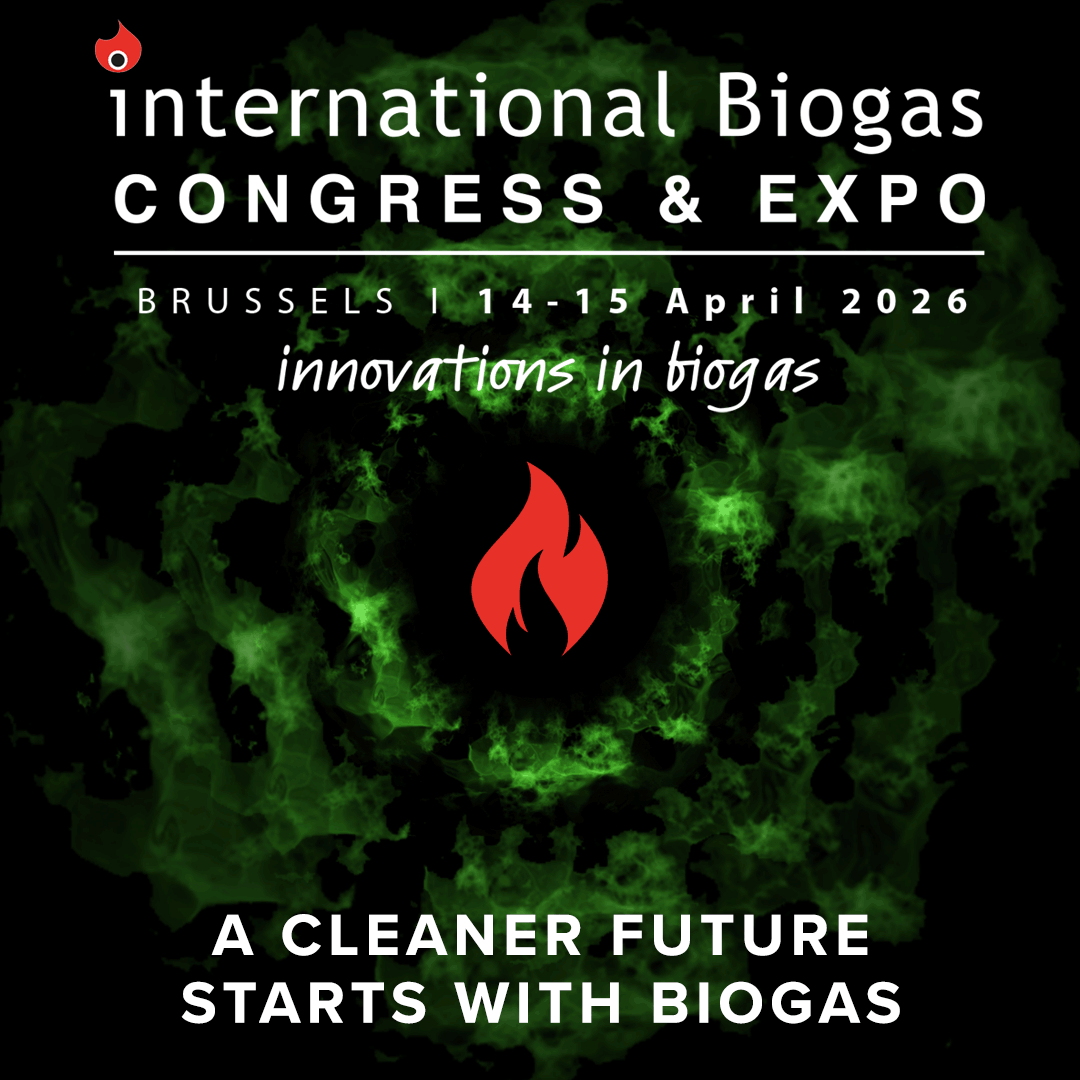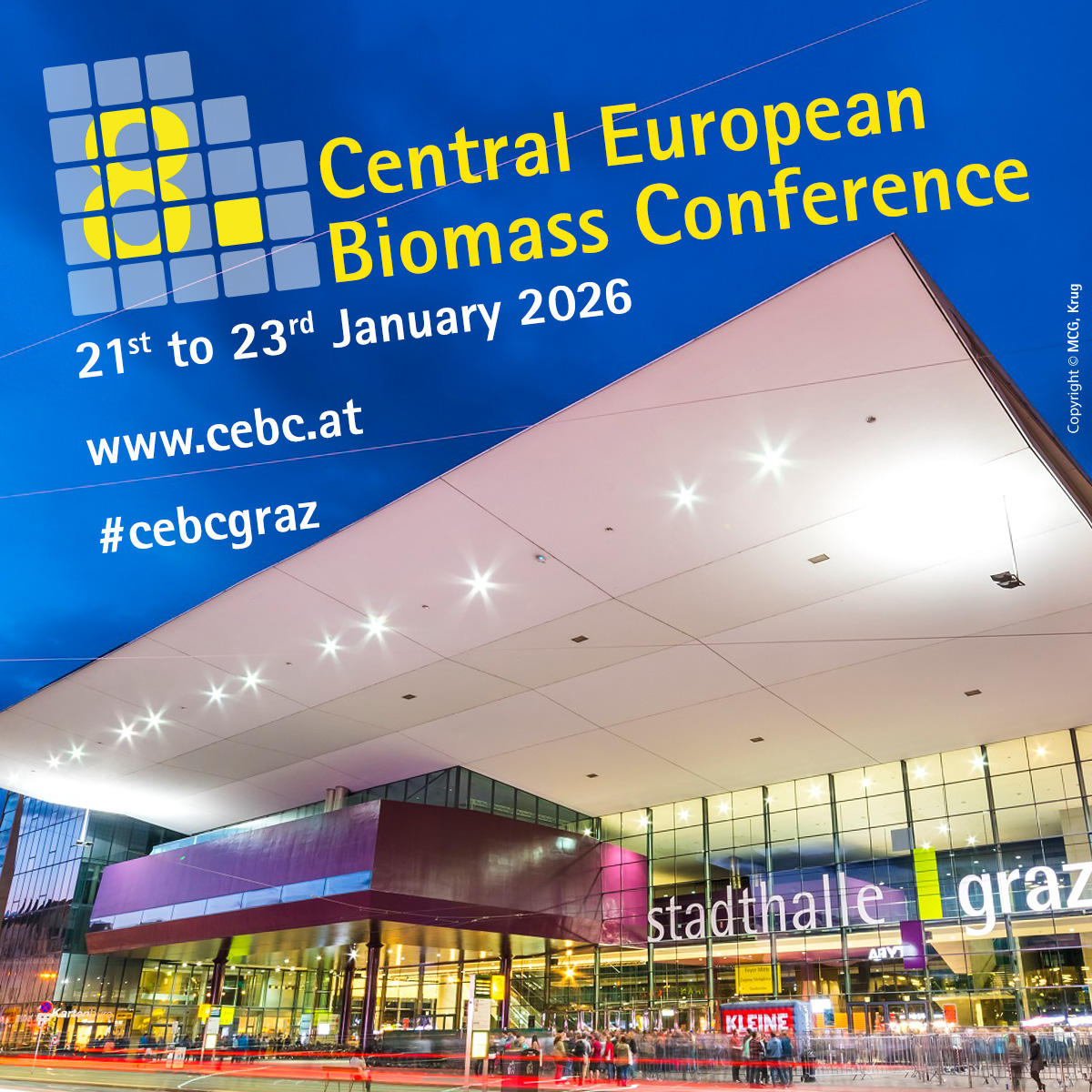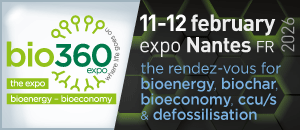Unifying Europe’s biomethane market

As biomethane becomes central to the EU's decarbonisation goals, ensuring its cross-border traceability is critical. Yet, fragmented systems — the European Renewable Gas Registry (ERGaR), Association of Issuing Bodies (AIB), and the new Union Database (UDB) — have created both challenges and opportunities.
This article highlights the urgent need to harmonise these frameworks to build a scalable, transparent, and unified market for biomethane, and its other forms such as BioCNG and BioLNG.
With the EU targeting a 55% GHG emissions cut by 2030, biomethane is not just a clean alternative but a strategic necessity, especially where electrification falls short.
However, the coexistence of multiple tracking systems hampers market integration. As the UDB gains traction, the key question remains: can it unify the sector, or will fragmentation persist?
ERGaR and AIB: A growing divide
ERGaR has developed a robust framework for biomethane injected into the gas grid through its Certificate of Origin (CoO) scheme, while AIB focuses on Guarantees of Origin (GOs), primarily for renewable electricity.
While ERGaR has served as a practical solution for gaseous biomethane tracking across borders, AIB’s expansion into renewable gases via GOs has added complexity. These silos limit liquidity, confuse producers and buyers, and create possible duplication, as we are effectively dealing with submarkets of an already reduced niche.
ERGaR has championed being a dedicated registry for biomethane, moving first and getting traction with the major biomethane producing and consuming countries (UK, Netherlands, Denmark, and Germany mainly).
On the other side, AIB’s electricity-originated Guarantee of Origin system has proved to be remarkably efficient for the power markets, and has had a quick adaption of registries which see the benefit in using a unified registry across Europe for all their renewable tracing — leaving biomethane in a regulatory limbo.
We are still waiting for some recent statistics from ERGaR, but at the time of writing this, over 2TWh of Biomethane CoOs were transferred through its hub.
If we were to look at the numbers from one of Europe’s biggest biomethane producers, Denmark, we can see that 2TWh were transferred in 2024 alone to Germany through ERGaR. Another 2.5TWh were sent across Europe. Only around 12% was consumed domestically.
The concept of open trade in Europe is essential to its unity, energy independence, decarbonisation, and economic stability. And the statistics, coupled with the existence of these non-governmental solutions, prove very clearly the need for a reliable system to transfer ownership of green gas through the EU pipeline system.
These divergent approaches create complications when trading biomethane across borders. ERGaR's CoO scheme allows for certificates of origin, but its recognition and interoperability with AIB’s GO system remain limited. For the development of the biomethane market, this misalignment introduces inefficiencies, risks of double counting, and delays in certificate validation.
The UDB: A unified solution?
The UDB represents a major leap forward in compliance and trust — but its current implementation still falls short for gas-based carriers such as biomethane and BioLNG. Without integration or interoperability with ERGaR or AIB, we risk creating a third silo. A fractured system benefits no one. To unlock the full potential of biomethane and BioLNG, Europe must build a common language for certificates and tracking.
The UDB, mandated by RED II and enhanced under RED III, aims to centralise the tracking of biofuels, bioliquids, and biomethane at the EU level. In theory, it offers a harmonised system that would facilitate trustworthy cross-border trade. In practice, the implementation is fraught with challenges: differing national interpretations, legacy IT systems, lack of integration between registries, and insufficient guidance from central authorities. Business stakeholders find themselves navigating a fragmented landscape, waiting for the promise of UDB to materialise fully.
The UDB, mandated by the European Commission, promises a centralised solution. Yet adoption has been uneven, with many Member States and market actors facing integration hurdles - from legacy systems to conflicting verification protocols.
We see firsthand how uncertainty slows down project timelines, financing, and market development. The time for alignment is now — or we risk turning Europe's biomethane promise into a missed opportunity. Sadly, we are far from unification. In fact, we are further away than we were at the end of last year, when the UDB was supposed to be in full swing for all economic operators.
This is due to the recent news of the International Sustainability and Carbon Certification (ISCC) being under the scrutiny of the European Commission for allegedly allowing for false sustainability claims to be produced from Asia. The allegation states that amounts of artificially certified biogenic energy are being produced, inflating supply and creating an imbalance in the market-based approach of decarbonising through a cap-and-trade system.
Why is this relevant? The ISCC is by far the most popular certification scheme out of the voluntary certification schemes approved as REDII-compliant by the Commission. If faith is lost in the golden star due to fraudulent declarations, the whole castle of cards we have built on voluntary certifications will fall – not to mention the reliance of the EC on the ISCC’s involvement and consultations on how to build the UDB.
National challenges
Several countries and organisations have embraced the UDB’s principles early through the group GO Prime Movers, which is comprised of several experts offering guidance on the implementation and practical challenges of the UDB.
Other countries do and will face more challenges in its adoption. For instance, Germany has, without doubt, the most complex system for treating biomethane, having two parallel gas balancing markets operating with different rules, several governmental bodies acting together (such as the BLE and DENA), and little guidance from the EC.
For instance, when asked how to comply with PoS in Nabisy, the ECs response was: “All consignments if not on UDB cannot be counted as sustainable if there is no corresponding UDB PoS. When Nabisy is integrated, Nabisy PoS should be integrated into UDB.”
This offers little perspective on timelines, exceptions, criteria, and general expectations.
We must not forget however, there are fundamental disparities on how different markets operate and wish to take advantage of decarbonising through biomethane. Let’s analyse these three countries:
• Spain, where Enagás is the government-appointed body to deal with Guarantees of Origin. It is also the country’s TSO, so it makes sense it oversees tracing gas. However, it has gone above-and-beyond compared to other European registries, integrating biogas (in its un-upgraded form), biomethane (grid injected), and hydrogen.
Interestingly enough, Enagás is part of the AIB, same as Spain’s power registry, controlled by the National Commission for Markets and Competition (CNMC). It is unclear to which degree Enagás and the NCMC are connected.
• France, which took a different approach from Spain and decided to use the same registry for both Power and Gas – EEX. Although this does still not support hydrogen, it facilitates auctions, which are popular in France due to their government propelled Fill-In-Tariff model. They were also the first country to hold biogas GO auctions (referring to grid-injected biomethane).
However, France faces different difficulties: they are political members of the AIB, but have yet not implemented technology for cross-registry transfers, essentially making it an internal market limited by its ex-domain cancellations. Unique ETS calculation methods further complicate its exports.
• Norway is a major player in the LNG market and is experiencing increasing demand for BioLNG. Ironically, because of the country’s geography, reliance on electrical power, and strategy of exporting most fossil fuels, there is no real national natural gas grid in place. Thus, there has also not been a need to implement any biomethane registry.
Couple this with its non-EU status, making implementation of the UDB murky, and you are stuck in a situation where a major demand centre of renewable fuels is incapable of reliantly incorporating a traceability method for renewable gas where economic operators can benefit from the upside.
Cross-border transfers: a stalled opportunity
Cross-border transfers should be seamless. Yet, in reality, the split between AIB and ERGaR — compounded by the incomplete rollout of the UDB — makes transfers cumbersome. For instance, a company exporting Danish biomethane to Italy may face certificate rejection due to lack of mutual recognition between systems.
AIB GOs are based on their EECS system, while ERGaR CoOs are a quasi-manual unification of several longer-standing biomethane registries, where cross-registry transfers should take anywhere from five to 10 business days, but we have experienced firsthand some transfers taking up to 25 days.
Couple this with some transfers being blocked due to easily preventable human input errors and tight timeframes (max 12 month validity on most certificates, with time-matching being requested from clients) and you have a recipe for where several things can derail.
These differences also make it difficult (or impossible) to perform cross-registry transfers between AIB, ERGaR, and standalone registries.
We have seen some work around, such as Lithuania’s Amber Grid (neither ERGaR nor AIB) importing 23 GWh from the Netherlands (VertiCer, ERGaR), 4 GWh from the Czech Republic (OTE, AIB), and 420 MWh from Denmark (Energinet, ERGaR).
When contacting Amber Grid, we were informed that these imports were performed manually and under special request, further diluting the lines of what is possible, what is not, and how traceability is performed.
This results in increased transaction costs, delayed revenues, and missed market opportunities.
The case of bioLNG: another layer of complexity
BioLNG, produced by liquefying biomethane, is gaining traction, particularly for heavy transport and shipping. However, its certification and tracking remain unclear within the current regulatory framework. Is BioLNG part of ERGaR’s scope? Should it fall under the UDB? Or will AIB evolve to include it in GO certification? The absence of clarity deters investment and complicates trade. Given BioLNG’s potential in reducing transport emissions, establishing a consistent and recognised tracking method is critical.
For BioLNG, the challenge is not just certification — it’s visibility. The UDB must evolve to follow the molecule through liquefaction, transport, and bunkering to ensure compliance and market acceptance.
Additionally, there is currently not a clear link between different forms of matter from a same molecule, and the difference in Sustainability Declarations accompanying this biogenic energy source through its transformation.
In practical terms, what this means is that there is no clear conversion available digitally of a biogases PoS into a bioliquids PoS. This, coupled with the impossibility of taking a PoS out of the UDB, makes its adoption impossible by most economic actors as the end-use of a gas is usually not always pre-determined, and room for free trade must be in place.
A market at a crossroads
Europe’s ambitions for renewable gas hinge on traceability, trust, and interoperability. Yet today’s fragmented landscape — marked by divergences between ERGaR and AIB, delays in UDB implementation, and the absence of a unified registry system — creates significant commercial uncertainty. This lack of coherence impairs market expansion, deters investment, and complicates sustainability reporting.
To address these challenges, relevant parties should develop a clear roadmap for registry interoperability, driven by the EU Commission, alongside stronger alignment between ERGaR, AIB, and UDB to streamline verification and reduce duplication. Clear guidance on how bioLNG should be certified and tracked is also essential. Finally, industry-led working groups should play an active role in co-developing harmonisation standards with policymakers.
A unified system would unlock cross-border trade, stimulate investment, and support Europe’s climate goals. The time for alignment is now.
This article was written for Bioenergy Insight magazine















